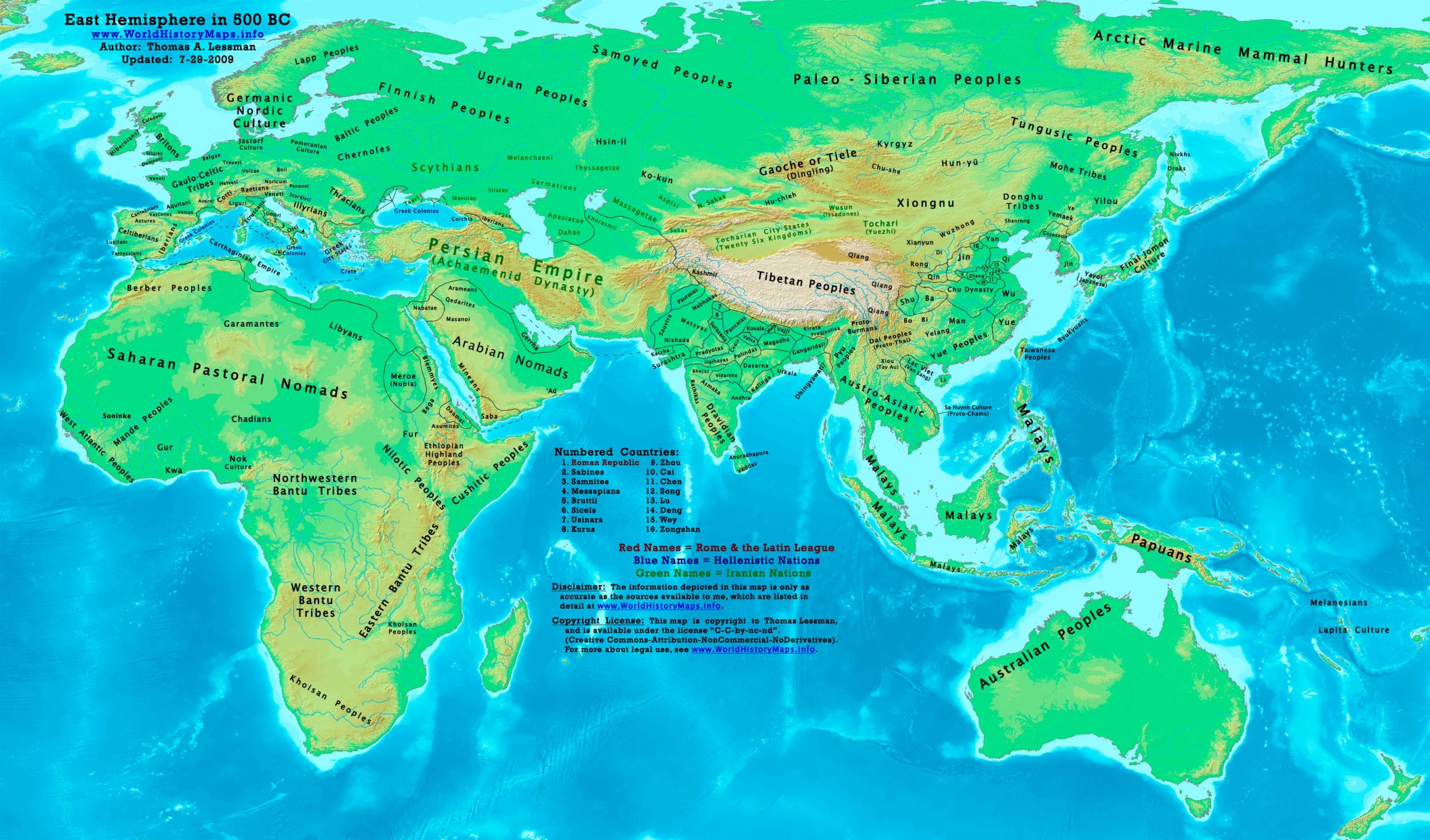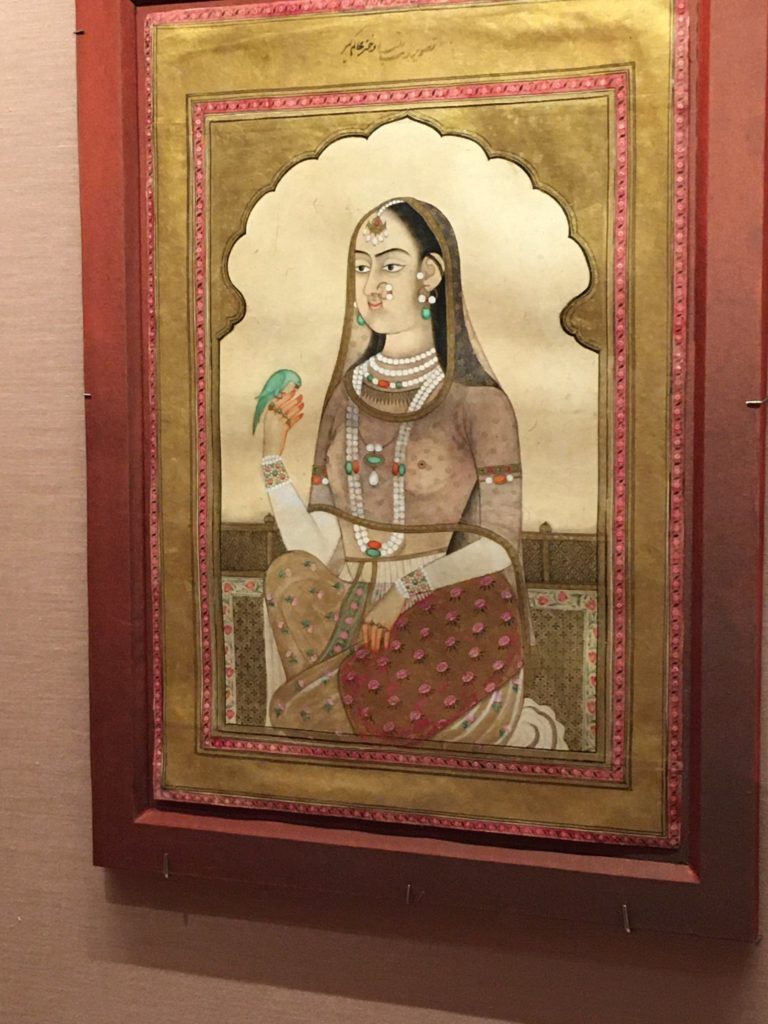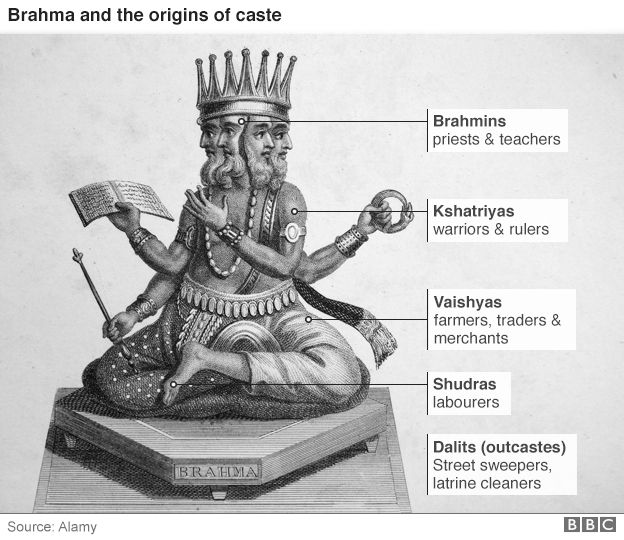from Dr Hamid Hussain
29 July 2023
This piece is about a whole different genre that may come as surprise to many as my work has been mainly on military history and current conflicts. I have never written about it, as it was a personal journey. Although for over a decade I have been engaged in conversations about the subject with a wide variety of individuals when I stumbled upon it while studying Judaism. I was more focused on the history of the Jews and religio-legal (halachic) traditions and works but introduction to Jewish spiritual traditions (kabbalah) opened another door. This is an introduction to the subject. A bit long therefore for only interested in the subject.
Regards,
Hamid
Shared Heritage – Jewish, Christian and Islamic Mysticism
Hamid Hussain
“Theologians may quarrel, but the mystics of the world speak the same language.”
Meister Eckhart (1260-1328)
Every religion has two aspects; one deals with outward rituals and legal codes while the other with mystical aspect of contemplation and self-improvement. Mysticism tries to bridge the gap of understanding between an eternal divine entity and a finite universe and mortal human. The influence of mysticism within monotheistic religions has been a complex and multifaceted phenomenon throughout history. Each monotheistic religion – Judaism, Christianity, and Islam – has its own distinct mystical traditions, but there have been instances of mutual influence among them. All three religions share the foundation of extensive list of prophets and their life stories described in Hebrew and Christian Bibles and Quran. Greek metaphysical ideas deeply influenced mystical trends of all three religions.
“Only through Kabbalah will we forever eliminate war, destruction, and man’s inhumanity to his fellow man.” Rabbi Avraham Azulai (1570-1643)
The earliest Jewish mystic was a second century sage Rabbi Shimon bar Yochai “Rashbi.” His teachings are considered the main source of 13th century seminal mystical work called the Zohar (Radiance), which is one of the foundational works of Kabbalah. There is lot of controversy about the authorship of Zohar, and some consider it as the work of multiple medieval authors. Essenes were a small group of Jewish mystics who lived a communal life of poverty and ascetism in the holy land during Second Temple period (200 BCE – 100 CE). In Talmudic period, esoteric interpretations such as Ma’aseh Bereshit (works of creation) and Ma’aseh Merkabah (works of the divine throne) were restricted to only select students and widespread teaching of mystical tracts was discouraged.
Jewish Mysticism particularly the Kabbalah (Hebrew word meaning reception) emerged in the Middle Ages and focuses on the mystical interpretation of the Hebrew Bible (Tanakh). Kabbalistic teachings explore the nature of God, creation, and the soul’s journey towards union with the divine. Key concepts include the sefirot (divine emanations), mystical symbolism, meditation techniques, and the pursuit of spiritual enlightenment. Kabbalah draws its legitimacy from the sacred scripture of Torah (written) and Talmud (oral) traditions by offering esoteric explanations.
In western Ashkenazi Jewry, Juda Lowe ben Bezalel (1525-1609) of Prague, Moshe Chaim Luzzatto (1707-1746) of Italy, Elijah (1720-1797) of Lithuania, Yisrael ben Eliezer “Baal Shem Tov” (1698-1760) of Ukraine, Rabbi Nachman (1772-1810) of Poland were pioneers of Hasidism. Their teachings emphasized the pursuit of joyous prayer, and personal connection with God.
Kabbalah thrived among eastern Jewry under Muslim rule. Sephardim (Iberian Peninsula) and Mizrahim (Middle East, North Africa, and Caucus) produced many great Kabbalists. Bahya ibn Paquda (1050-1120), Moshe ben Shem-Tov (1240-1305) and Abraham ben Samuel Abulafia (1240-1291) in Spain and Abraham ben Moses Maimonides (1186-1237) in Egypt wrote great Kabbalist tracts. Among Mizrahim, Shalom Sharabi (1720-1777) of Yemen, Chaim Yosef David Azulai “Chida” (1724-1806) of Jerusalem and Ben Ishi Chai (1832-1909) of Baghdad continued the chain of mystics through centuries.
Rise of anti-Jewish sentiments in Middle Ages Christendom that culminated in expulsion of Jews from Iberian Peninsula in fifteenth century caused a national trauma. This gave rise to longing for arrival of long-awaited Jewish Messiah. Trials and tribulations of Jews stimulated an unprecedented vigorous legal, mystic and liturgic activity centered in Safed in northern Galilee region of Israel.
Sixteenth century was the golden period of Kabbalah and many great Jewish mystics made Safed their home. Many Sephardic Jews expelled from Iberian Peninsula made Safed their home. Isaac Luria “the Ari” (1534-1572) developed a profound mystical system known as Lurianic Kabbalah, which had a significant impact on subsequent Kabbalistic thought. His teachings focused on the process of Tikkun (rectification) and the mystical understanding of the creation of the universe. Rabbi Moses Cordovero “Ramak” (1522-1577) was a prominent figure in the development of Kabbalah and is known for his work “Pardes Rimonim” (Orchard of Pomegranates), which presents a comprehensive system of Kabbalistic teachings. He is credited for popularizing Kabbalah for the general audience. Rabbi Yousef Karo (1488-1575) in his mystical tract Maggid Meisharim (Preacher of Righteousness) recorded that a heavenly mentor guided his religious work. This angelic being also spurred him to acts of righteousness and asceticism. Safed of sixteenth century was also a center of Muslim mysticism where followers of great Sufi Ibn Arabi were residing. A great Sufi sage Ahmad al-Asadi (1537–1601) established his zawiya (Sufi lodge) in Safed.
Jewish mysticism has had a profound impact on Christian mysticism. During the Middle Ages, Jewish Kabbalistic ideas spread to Christian Europe, influencing mystical thought in movements such as Christian Cabala. Christian Cabalists interpreted these themes according to Christian theology.
During the medieval period, Islamic scholars were heavily influenced by Neoplatonic philosophy and Sufism. Jewish mystics, particularly in Spain and the Middle East, were exposed to these ideas and incorporated them into their own mystical frameworks. Concepts such as emanation (azilah in Hebrew and fayd in Arabic), the ascent of the soul (ma’alah in Hebrew and qaws al su’ud in Arabic), and the notion of divine love (ahavah in Hebrew and ishq in Arabic) found their way into Jewish mystical thought. Jewish mystics, especially in Spain, were influenced by Islamic philosophy, particularly the works of Islamic mystic philosophers like Shaikh Akbar Muhyiddin Ibn Arabi (1165-1240). These philosophers explored metaphysical concepts, the nature of God, and the relationship between God and creation, which had an impact on Jewish mystical theology.
Jewish mysticism evolved over time into various trends. This reflects different periods of Jewish history as well as intellectual and cultural influences of the era. Merkabah and Lurianic Kabbalah is theosophical in nature giving Jewish religious practice a mystic metaphysical meaning. Meditative and Ecstatic Kabbalah is inward looking and geared toward subjective experiences. Hekhalot (palaces) relates to vision of spiritual ascents into heavenly palaces and Markabah (chariot) tracts referring to how soul ascends to heavens.
“Seek by reading and you will find by meditating.
Cry in prayer and the door will be opened in contemplation.”
John of the Cross (1542-1591)
Christian mysticism encompasses a wide range of mystical traditions within Christianity. It emphasizes the direct experience of God and the union of the individual soul with the divine. Christian mystics seek spiritual transformation through contemplative prayer, meditation, and the pursuit of divine love. Major themes include the mystical journey, union with God, and the pursuit of inner transformation.
The Desert Fathers were early Christian monks and hermits who sought solitude and spiritual contemplation in the deserts of Egypt, Syria, and Palestine during the 3rd and 4th centuries. They played a significant role in shaping the development of Christian asceticism, influencing the monastic movement, and leaving a lasting impact on Christian spirituality.
Christian mysticism has been influenced by various sources, including Jewish mysticism, Greek metaphysical philosophy, and Islamic mysticism after eighth century. The works of Christian mystics like Pseudo-Dionysius (5th & 6th Century) show Neoplatonic and Gnostic influences. Additionally, Christian mystics such as Bernard of Clairvaux (1090-1153) and John of the Cross (1542-1591) drew upon Jewish mystical concepts, including the divine longing for union and the significance of the spiritual path. Concepts like the sefirot (divine emanations) and mystical interpretations of the Hebrew Bible influenced Christian mystics like Meister Eckhart (1260-1328) and Johannes Reuchlin (1455-1522).
During the early centuries of Islamic expansion, encounters between Christians and Muslims in the Middle East and North Africa facilitated the exchange of ideas and practices. Christian ascetics and mystics had an opportunity to interact with their Muslim counterparts, leading to a mutual influence in terms of ascetic practices, spiritual disciplines, and mystical insights.
Eastern Christendom in the Middle East drew heavily on Islamic mysticism as it came in direct contact with the Muslim world. Western Christendom encountered Islamic mysticism through translation of works of mystics of Muslim Spain.
“Dear Friend, Your Heart is a polished mirror. You must wipe it clean of the veil of dust which has gathered upon it, because it is destined to reflect the light of divine secrets.”
Abd Al-Qadir Jilani (1077-1166)
Islamic mysticism, or Sufism, originated in the early centuries of Islam. Sufis seek to attain a direct and personal experience of God’s presence. They emphasize spiritual purification, inner awakening, and the development of a deep connection with God through practices such as dhikr (remembrance of God meditation), and asceticism. Key themes in Sufism include the concept of tawhid (the unity of God), the love and longing for God, and the path of spiritual realization usually under the guidance of a spiritual teacher (shaykh).
Sufism developed its unique contemplative practices and spiritual language. However, it is not isolated from the influence of other monotheistic traditions. Kabbalistic ideas reached the Muslim world through Jewish and Christian interactions, contributing to the development of Islamic mysticism. During the Islamic Golden Age, Sufi thinkers interacted with Jewish and Christian mystics, exchanging ideas and practices. The concept of divine love found in Sufi poetry, such as the works of Jalal Uddin Rumi (1207-1273), shares similarities with Christian mystical expressions.
Muslims encountered Christian monasticism exemplified by ‘desert fathers’ in the middle east. Early Muslim ascetics drew inspiration from the examples of Christian monks and hermits who practiced rigorous asceticism in the desert. The simplicity of their lifestyle, devotion to prayer, and pursuit of spiritual purity resonated with early Muslim ascetics.
Stories and teachings of Christian mystical figures, such as St. Anthony of Egypt (251-356) and St. Simeon Stylites of Syria (390-459), gained widespread fame and influenced the development of Islamic asceticism. Early ascetics in Islam, embraced a lifestyle of simplicity, self-denial, and contentment with minimal material possessions, mirroring the Christian ascetic ideal.
Muslim Sufi traditions spread with conquest of large swaths of lands. Sufi sages dotted Muslim lands of Egypt, Syria, Palestine, Arabian Peninsula, North Africa, Muslim Spain, Iran, Turkey, Central Asia, and India. Mystic traditions developed in Sunni, Shia, and Ismaili denominations.
“I will soothe you and heal you,
I will bring you roses.
I too have been covered with thorns.”
Rumi (1207-1273)
Despite their distinct traditions, monotheistic mysticisms often explore common themes, such as the yearning for direct experience of the divine, the concept of divine love, and the idea of transcending the self to unite with the divine. These shared themes influenced the contemplative practices, poetic expressions, and philosophical outlooks of mystics across different monotheistic traditions.
Islamic hermeneutical approaches, such as allegorical interpretation and mystical exegesis of the Quran, influenced Jewish mystical interpretations of the Hebrew Bible. Kabbalistic scholars applied symbolic and allegorical readings to biblical texts, seeking mystical and hidden meanings in the sacred scriptures.
One example is understanding of sacred scripture in four diverse ways in Jewish and Muslim traditions. Hebrew Peshat (simple) and Arabic Zahir (clear) or Muhkam (lucid) is direct literal meaning of the text. Hebrew Remez (hint) and Arabic mutashabihat (unspecific) is allegorical meaning. Hebrew Darash (seek) and Arabic maja’az or isti’iara (figurative) is metaphorical explanation of sacred text and Hebrew Sod (secret) and Arabic Tawi’il (to return referring to returning to the hidden meaning) is inner esoteric meaning.
Another example is Hebrew and Arabic classification of souls. Jewish classification of the types of souls includes Nefesh; the animalistic part such as greed and lust that guides toward sinful life. Ruach contains moral virtues and helps to distinguish between good and evil while a higher spiritual plane of Neshamah takes him closer to God. Muslim concept explained in Quran is similar with nafs amm’arah is same as Nefesh that commands a person to do sin, nafs laww’wamah is Ruach that can recognize sin and makes him feel guilty while nafs mutma’innah is Neshamah that makes a person serene and content as he comes close to God.
In Hasidim, the concept of zaddik (pious and righteous man) who sometimes becomes a charismatic leader is same as Sufi concept of zahid (pious and righteous man). Jewish practice of Hitbonenut (being alone) bears similarities to Christian asceticism of desert fathers who sought solitude in deserts and contemplative Hesychasm (quiet) movement and Muslim concept of khalwa (solitude). These practices emphasize detachment from possessions and a focus on spiritual matters. Shem HaMephorash (explicit name) refers to recitation of seventy-two letter name of God in Jewish mystical practice that is like Christian exercise of repeating Christ name with inhalation and acknowledging one’s sin with exhalation and Muslim concept of zhikr (repetition of God’s names).
In 18th and 19th century rise of reason to explain theology resulted in erosion of esoteric and mystical trends of all three religions. Mysticism was viewed as something irrational and backward in the age of reason and modernization. Religious texts were re-interpreted through rational sciences of the time. It was hard for a rational practicing Jew, Christian or Muslim to explain miracles and nature of divine in the age of science. In the 20th century, industrial scale carnage of First and Second World Wars, rise and fall of Communism and unchained capitalism focused on unlimited consumption resulted in social and environmental degradation. This rekindled interest in age old questions of divine existence, purpose of human existence beyond physical realm and search for peace at individual and collective level. Man’s quest about his own existence brought back mysticism in the cultural discourse of all three religions. Its off shoot was ‘new age spiritualism’ that distanced itself from tradition by using secular motifs and even ‘McDonaldization’ of spirituality.
All three mystical traditions share common values, but each express it in its own theological framework with unique symbols and cultural expressions. However, the basic struggle is to explore the mysteries of existence and deepen spiritual connection with the divine. In a globalized world and democratization of access to information, this exchange will increase with time for those interested to embark on this journey.
“We must close our eyes and invoke a new manner of seeing, a wakefulness that is the birthright of us all, though few put it to use.”
Plotinus (204-270)
Acknowledgement: Author thanks a number of ordinary folks belonging to diverse faiths and ethnicities (Arab, Iranian, Central Asian, Kurd, Jew, Christian, Greek, Armenian, Israeli & Palestinian) during his travels to Saudi Arabia and Israel who shared their hopes and dreams in many conversations on the streets of Mecca, Medina, and Jerusalem.
Hamid Hussain
19 July 2023



